Tuesday 10 May
A stroll around Metz revealed a solid beauty.
This place was kicked off by a bunch of Celtics some three thousand years ago. The Romans rocked up in 52BC and made it one of the biggest and most prosperous cities in the region. It became part of France in the mid-1600s. In 1870 France had a scrap with Germany who ended up owning this region until France took it back in 1918 as a war prize.
Amongst all that they stuck up a cathedral with 42 meter high vaults and 6500 square meters of stained glass.
Being Gothic there is no gold or fancy stuff in side. Like most European churches it took over three hundred years to build.
The town is well laid out with wide streets and solid stone buildings, some surrounding large parks. The large stone railway station was built by the Germans in the late 1800s.
I picked up a rental car from Avis around noon after struggling to find one. “I must learn to book in advance online”. Just under an hour north east of Metz I arrived at Fort Hackenberg. It had been a bit hard to establish timings for tours etc. as info from the net and the local tourist office were at odds with each other.
On arrival I used my one French word “bonjour” and a few hand signals and the guy pointed to a sign saying English tours at 2.15pm.
The car park faces a concrete bunker about 30 meters long and about 10m high with a few gun slots. Quite deceptive in what lies behind.
At 2 a bus load of mostly old US people turn up and a very friendly guide lady with great English begins the tour. In a room just inside the entrance she explains the layout of the complex at 1.6km wide and nearly as deep the diagram is deceptive as our experience begins.
Off we go down a large tunnel to inspect the magazines. This place is bloody solid – the Germans proved that when they piled most of the ammo left into a magazine threw it in and blew in to as the retreated from Paton’s advancing army in 1944. The blast didn’t even collapse the magazine let alone the tunnels.
We strolled around the complex, visiting kitchens, generator rooms, fuel tanks, water tanks, dentist rooms, doctor rooms, engineering work shops and much more.
Next were the four museum rooms.
Back out in the main tunnel we boarded one of the original trains powered by an electric engine.
After a noisy kilometre plus ride passing many tunnels along the way we arrived at the northern part of the complex. There is no access to the eastern wing as it is too dangerous to enter. A hundred and forty plus steps up a spiral staircase lead us to the main gun. This disappearing turret with its two 135 short barreled howitzers still works. Our guide gave us a demonstration. They don’t however get to fire the guns anymore. There is a nuclear power plant just down the valley!! The guns were supposed to have a range of 6200 yards. There were several other pop up turrets in the complex containing 75mm guns.
A short distance away is another 135mm gun that shoots out through a wall protected by a heavy steel shutter when not being fired. A fire control system similar to that used in ships is used to indicate elevation and direction.
A device for releasing hand grenades sits on the wall – our guide gave a demo of how it works.
We went outside through a nearby door to find ourselves on a hill surrounded by turrets of various sizes – some for observation, some for mortars and others for close quarter engagement with machine guns.
A stroll across the top of the hill revealed a side of the complex that was a bit shot up. Apparently as Paton’s army advanced up the valley an enthusiastic bunch of seventeen Germans engaged them with the three 75mm guns causing a fair bit of grief to the advancing army.
Apparently a French chap who had escaped from German capture and had worked here, pointed out that the guns could not traverse very far to the left. Paton’s boys set a couple of 155mm howitzers up on a hill a couple of miles away and blew holes in the walls right by the guns. It was at this point the Germans buggered off. Not before, as mentioned earlier, trying to blow the place up,
The Maginot Line was named by the media as Andre Maginot presented the project in Parliament at the end of 1929. France was worried after the WWI experience that the Germans might attack again. The real inventor was Paul Painleve, a mathematician and left wing politician. Constructed between 1929 and 1939 it consisted of some six hundred forts stretching the seven hundred kilometres along the French border from Luxembourg to Switzerland.
The Hackenberg Fort was one the first, largest and most sophisticated. Like the rest of the forts it was handed over to the Germans with guns and ammo and intact when the French surrendered on 25 June 1940. Some French troops stayed on to train the Germans on the guns and fort equipment. For anyone with the slightest interest in war, guns, tunnels and innovation I highly recommend a visit to Hackenberg.
Wednesday 11 May
A month ago I was having a beer with a bunch of mates in downtown Auckland. I was introduced to a guy called Tone the Bone. I mentioned I was going to northeast France and he recommended a visit to Verdun.
Seventy odd kilometres west of Metz is the highly decorated town and First World War battle ground of Verdun. In the early part of the war the French moved many of its soldiers and armaments away from the region to strengthen other fronts. With a number of forts built facing the then German border it was thought it unlikely that this area would be attacked.
Hearing this the Germans secretly amassed in the border forests artillery, supplies including cement and building materials and all the rest of the food, ammunition etc. needed to support one hundred thousand soldiers.
On 21 February 1916 the Germans opened up with a 10 hour artillery barrage firing over a million rounds. At the end of the barrage the German troops moved forward expecting little or no resistance. They got that wrong. The scrap went on for three hundred days with around (depending on which place you visit) three hundred thousand killed on each side. Apparently there were more people killed here than wounded.
Just like other parts of the Western Front the conditions were atrocious.
The addresses in the local tourist books and the GPS in the car wouldn’t work for me so as with yesterday I got the lat/long from Wikipedia.
My first stop was The Douaumont Ossuary.
There I watched a movie on the battle then climbed the tower to look over what once was devastated farm land and forest. Thousands of crosses grace the fields below with the view extending out over forest which has created a wooded sanctuary over the 100 kilometre red zone where nine villages were wiped from the earth.
In one part of the cemetery there are some round top wooden grave markers, these are for the Muslims.
In the crypt under the Ossuary lay the bones of around one hundred and thirty thousand unidentified soldiers from both sides. These can be viewed from small windows in the stone foundations.
Next stop was the Verdun Memorial. This doubles as a museum. Well presented with a great range of artefacts from both sides. In parts one walks over glass under which lies imitation mud scattered with all sorts of war memorabilia.
Next just 3ks down the road was Fort de Vaux. Like many forts in the area it was built in the late eighteen hundreds after the 1870 French German war.
Here I was handed an IPod type device, which contained an excellent commentary on the battle that raged for months until the Germans finally captured the fort. Communications severed, a signal lamp was used to communicate with a local fort. When that was destroyed by a shell, pigeons were used. The last pigeon to leave the fort, weak from disease and gas attacks, carried a message ending in desperation with “this is my last pigeon”
Gas carrying shells are on display. It appears this relatively small complex was at times shelter for hundreds of men.
Next was Fort Douaumont. A cornerstone in the Verdun defences it was captured by the Germans a few days into the battle. A sergeant snuck in with half a dozen men and caught the French crew napping. Not a shot was fired. Interestingly this 1880s fort has a number of disappearing guns which from the outside look the same as the ones at Hackenberg. The internal mechanisms are way more cumbersome though.
Someone had stuck a flyer on my car for Logis Hotel Le Village Gaulois. The flyer made the place look quite good. The helpful staff at Fort Douaumont made the phone call and booking for me. In the flyer the Logis Hotel looked very good. In reality I can highly recommend one does not stay there.
Thursday 12 May
The drive to the town of Verdun took me past the American cemetery where over 14,000 US soldiers lie. Situated under a hill in Verdun is a huge fort, La Citadelle, which was built in the mid -1800s and contains a maze of tunnels. Only a very small portion is open to visitors.
On arriving a group of us were lead down a short tunnel where we mounted a nine seat cart. This automated machine then took us on a journey through a number of displays, stopping every now and then to look at a number of holograms, where officers argued and acted out their orders. Eventually we dismounted and walked through a memorial area where the eight unknown soldiers were gathered before being sent to Paris for burial. This would be the ideal place to visit first as it gives a good overview of the 300 day battle of Verdun.
The drive back to Metz was fast and easy, rolling along at 130kph most of the way. Dropping the rental car back at the station was to say the least amusing. There were four barriers to get to the car park. With my “bonjour” and Pidgin French I eventually made it through all four, with no doubt much frustration for the poor bugger on the other end of the intercom.
Three hours on a faster train through some lovely French farmland with bright green and sometimes yellow pastures, had me in Basel Switzerland. A helpful bus driver even hopped off his bus and helped me get the bus ticket to the airport. After a flight to Paris, then another to Montpellier arriving at 1030pm I was met by Sylvia.
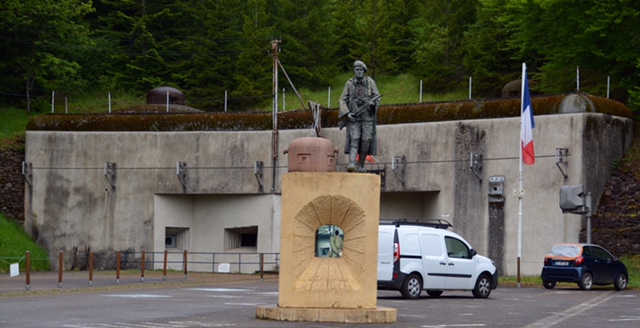

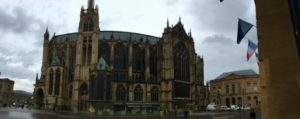

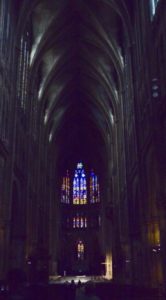
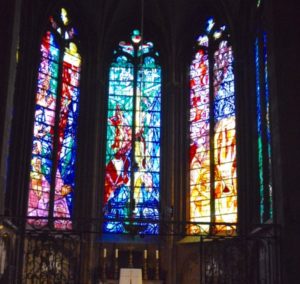



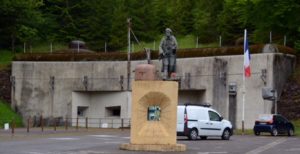
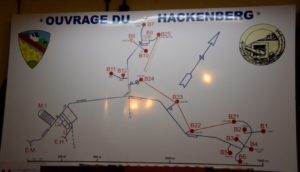

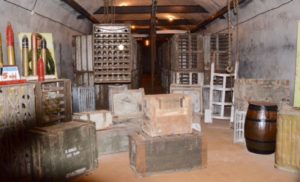
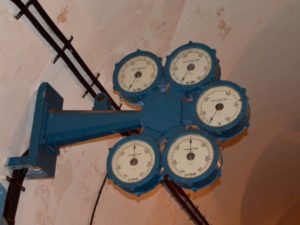

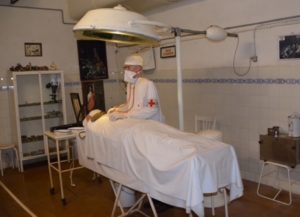
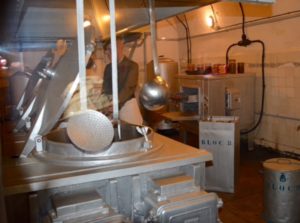



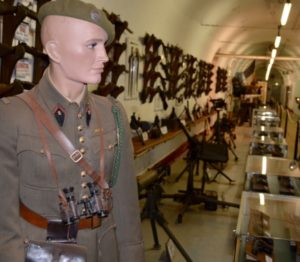
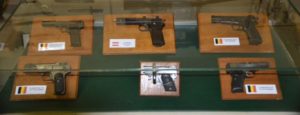






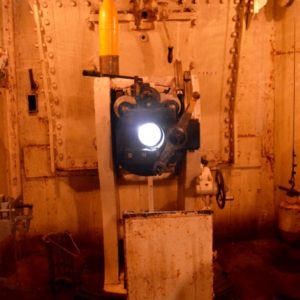
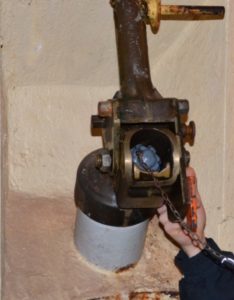

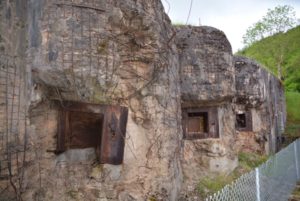

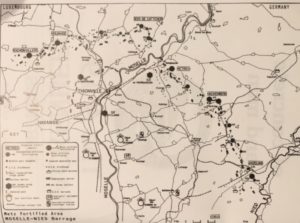






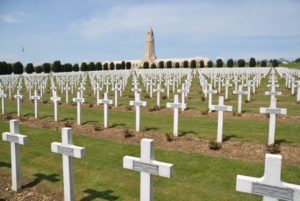

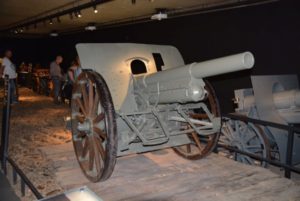


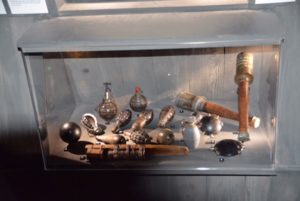
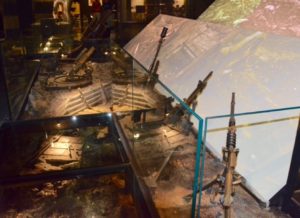

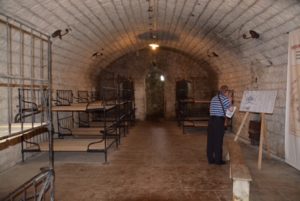







Mate you clicked on the wrong link. not sure why that link is there technology!!!!!!
forget the spelling I was expecting the Patagonia blog – none th less a great read yet again
Nice work
Spelling still bad. Sylvia does a great job editing.
Looks like a fantastic trip Roger. Excellent reading. Is your spelling getting better or is someone editing your writings?
looks awesome roger
If you are interested in tunnels, citadels et al then Eben-Emael near Maarstrikt is a MUST SEE.
I love tunnels and caves, this looks really interesting. Luke would love all the war and gun stuff. We went to Belfort which isn’t far from Basel and that was really interesting too. WW1 and older stuff
riveting reading